
As artificial intelligence (AI) evolves, the need for quality data annotation has become crucial for businesses leveraging machine learning (ML) technologies. AI models, particularly those in computer vision, natural language processing (NLP), and speech recognition, rely heavily on accurately annotated data to learn and make predictions.
To efficiently scale AI projects, many organizations are turning to outsource AI annotation service providers that specialize in labeling vast amounts of data for ML and AI models.
Outsourcing these AI data annotation services offers businesses an opportunity to tap into specialized expertise while also saving time and resources. Whether it’s training computer vision models or enhancing speech recognition systems, professional annotation services for AI and ML provide the precision needed to ensure that data is correctly labeled and processed.
With the increasing demand for annotated data, outsourcing has become an essential strategy for companies aiming to stay ahead in the competitive AI landscape.
The Role of AI Annotation Services for Businesses
Data annotation services are crucial for training ML and AI models, as they help convert raw data into structured information. These services ensure that models can accurately recognize patterns, make predictions, and perform tasks such as image recognition, speech transcription, and natural language processing.

5 Main Types of AI Annotation Services
Businesses are increasingly outsourcing their AI annotation needs to streamline workflows, cut costs, and access specialized expertise. Below are the key types of AI annotation services that companies commonly outsource, along with examples of the subtypes within each.
1. Image annotation
Image annotation is a foundational service in training AI models for computer vision tasks. It involves labeling objects within images, helping the AI model recognize and interpret visual data. This type of annotation is widely used in industries like healthcare, retail, automotive, and security to train models that can detect objects, recognize faces, and interpret scenes.
Outsourcing image annotation services can provide businesses with cost-effective access to specialized expertise, speeding up project timelines and allowing internal teams to focus on core operations. The best BPO providers in the Philippines enable businesses to scale their annotation efforts and meet growing demands without compromising accuracy or quality.
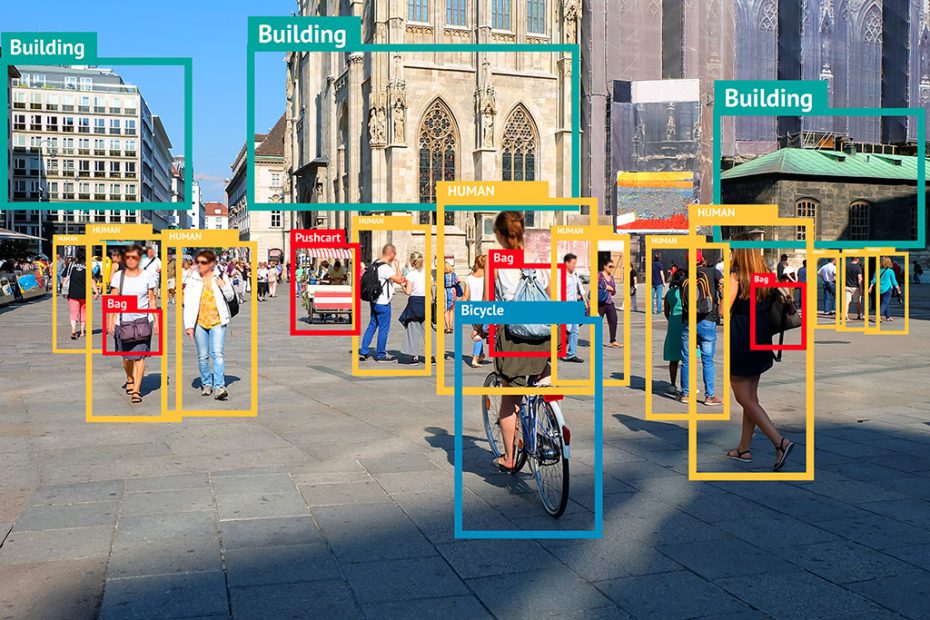
Key image annotation techniques
Bounding box annotation
This technique involves placing rectangular boxes around objects of interest in an image. It’s one of the most basic forms of image annotation. It is especially useful for object detection tasks, such as identifying faces in security cameras or classifying products in retail environments. Bounding boxes are often utilized to help models quickly detect and locate objects.
Semantic segmentation
In contrast to bounding boxes, semantic segmentation involves classifying each pixel in an image and dividing the image into different regions based on its content. This technique is often used in applications where precise identification of objects is necessary, such as autonomous vehicles, where the AI needs to differentiate between roads, pedestrians, and vehicles. AI data annotation services leverage this technique to enable detailed object recognition.
Polygonal segmentation
Polygonal segmentation provides greater accuracy than bounding boxes, especially for irregularly shaped objects. This technique uses polygons to trace the contours of objects in an image, allowing for more precise delineation of complex objects, such as vehicles, buildings, or organs in medical imaging. Many machine learning labeling services use this technique when high-level precision is needed.
2. Video annotation
Video annotation plays a crucial role in training machine learning models for applications that require temporal analysis, such as object tracking, action recognition, and event detection.
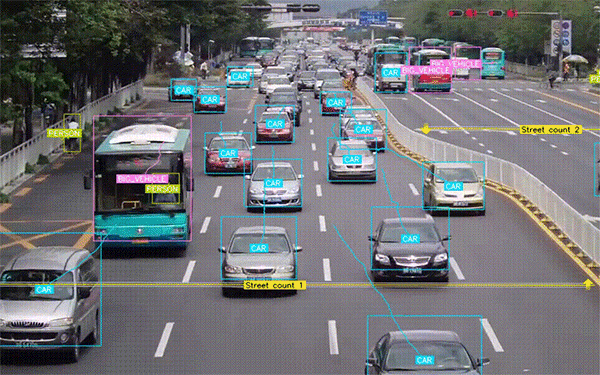
Unlike image annotation, video annotation involves working with a sequence of frames to identify and label objects, actions, or events across time. This type of annotation is widely used in fields like surveillance, autonomous driving, and entertainment to help AI systems understand motion, interactions, and context in dynamic environments.
Businesses can ensure faster project turnaround and access to a larger workforce, enabling them to handle complex video data at scale and speed, which may be challenging with in-house teams alone.
Key video annotation techniques
Object tracking
Object tracking follows the movement of an object across multiple video frames, helping AI models understand how objects interact over time. It’s widely used in surveillance, autonomous vehicles, and sports analytics. Annotation services for AI and ML use this technique to train models that predict movements and identify patterns.
Video classification
Video classification categorizes a video based on its content, such as actions, events, or scenarios. It’s useful in content moderation and healthcare, where videos are classified according to specific procedures. You may apply this technique to help AI models automatically sort and categorize videos.
Activity recognition
Activity recognition detects specific actions within a video, which are key for security and surveillance applications. It helps AI systems identify suspicious behavior, like someone running in a restricted area. Labeling actions through this method allows you to train models that recognize patterns and improve detection accuracy.

3. Text annotation
Text annotation is vital for training AI models in natural language processing (NLP) tasks like chatbots, sentiment analysis, and automated translation. By labeling text, businesses can improve AI systems’ ability to understand, interpret, and generate human language. Data annotation services for machine learning make it easier to scale these tasks effectively.
Outsourced text annotation services offer businesses the flexibility to handle large datasets while reducing costs and training time. Additionally, partnering with expert annotators ensures high-quality results, especially for specialized tasks like sentiment analysis, which require a nuanced understanding of language.
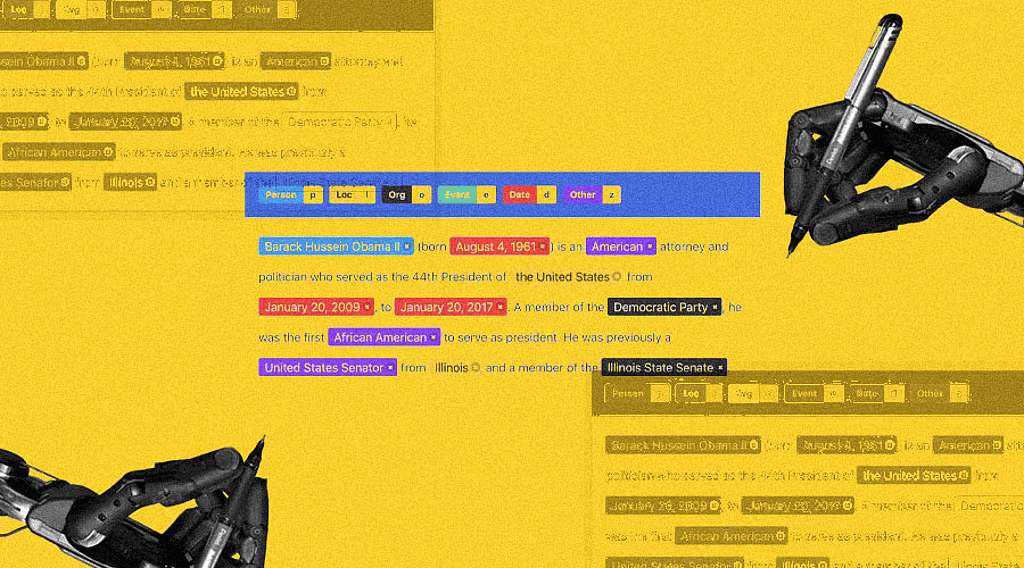
Key text annotation techniques
Named entity recognition (NER)
NER identifies and classifies entities such as names, locations, and dates in text. This is crucial for applications like chatbots and customer support automation. Data annotation services often use NER to help models extract useful data from unstructured text.
Sentiment analysis
This technique labels text based on sentiment (positive, negative, or neutral). It’s prominently used in social media monitoring and customer feedback. With annotation services for machine learning, businesses can train models to analyze sentiment and gain valuable customer insights.

Text classification
Text classification categorizes text into predefined labels (e.g., spam detection or topic identification). This method helps streamline tasks like content organization and customer service automation. Machine learning labeling services enable companies to train models to handle large volumes of text efficiently.
4. Audio annotation
Audio annotation involves labeling audio data to train models for tasks like language identification, emotion analysis, and the recognition of acoustic events. It plays a crucial role in improving AI systems that process spoken language and other audio signals. Outsourcing data annotation services for machine learning enables businesses to enhance their models without requiring in-house resources.

Companies that leverage external expertise can ensure consistent, high-quality annotations for various types of audio data, improving the accuracy of speech recognition systems, voice assistants, and even security applications. Outsourcing also allows businesses to scale as the need for audio data increases quickly.
Key audio annotation techniques
Speech transcription
Speech transcription converts spoken words into text. Through this technique, businesses can train models to transcribe a wide variety of speech patterns accurately. It is typically used in applications like voice assistants, transcription services, and call center analysis.
Speaker identification
Speaker identification allows you to distinguish between different speakers in an audio recording. This technique is useful in applications such as customer service call tracking, voice biometrics, and security systems, where identifying specific voices is essential.
Sound classification
This technique involves distinguishing and labeling different types of sounds in audio, such as background noise, music, or specific sounds in an environment. Machine learning labeling services use sound classification to train models for applications like security surveillance or environmental monitoring.
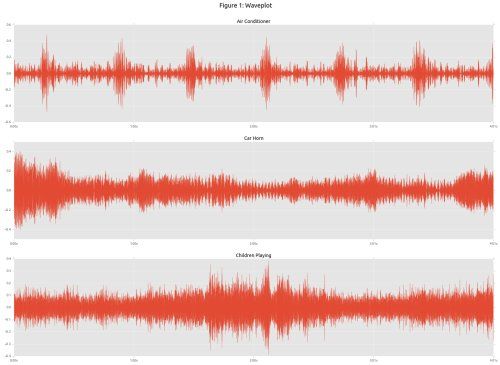
5. 3D data annotation
3D data annotation is essential for training AI models that work with three-dimensional data, such as those used in autonomous vehicles, robotics, and augmented reality (AR). This type of annotation helps AI systems understand the spatial relationships between objects in a 3D environment, enabling them to navigate and interact with the world more effectively.
Through 3D data annotation services, your business can handle complex 3D environments efficiently, reducing the need for specialized in-house teams and accelerating model training. You also ensure high-quality and accurate 3D labeling, which is crucial for specific applications like autonomous driving and robotics.
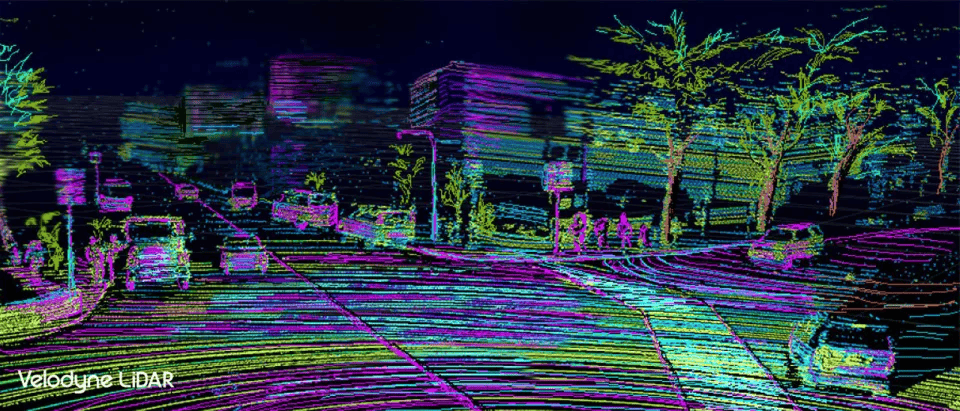
Key 3D data annotation techniques
3D object detection
This technique involves identifying and classifying objects in three-dimensional space, which is crucial for applications like robotics and autonomous driving. Labeling objects in 3D space enables AI systems to detect and avoid obstacles, making navigation safer and more efficient.
3D bounding boxes
3D bounding boxes extend the concept of traditional 2D bounding boxes into three dimensions, allowing AI systems to identify and track objects in 3D environments. This technique is commonly used in applications such as self-driving cars, where detecting and tracking objects in 3D space is vital for navigation and safety.
LiDAR sensor fusion
LiDAR sensor fusion combines data from multiple LiDAR sensors to create detailed 3D models of environments. It is commonly used in autonomous vehicles to map out surroundings in real time, allowing AI systems to detect objects, pedestrians, and road features with high precision. AI data annotation services often employ LiDAR sensor fusion to help models understand complex 3D environments.
Accelerating AI Success
Outsourcing AI annotation offers businesses a strategic advantage by providing access to specialized expertise, faster turnaround times, and cost-effective solutions. Professional annotation services are essential in ensuring that AI models are trained with accurate, high-quality data. With the rise of AI across various industries, leveraging external talent for these tasks is becoming an essential part of staying competitive.

Cynergy BPO specializes in advising businesses on how to make the most of outsourcing, including AI annotation services in the Philippines. As a trusted BPO advisory firm, we can help connect you with the right partners to streamline your processes and optimize your business outcomes. We also offer solutions in back office outsourcing in the Philippines to support your operational needs.
Contact us today to learn more about how we can help you scale your AI projects and other business functions effectively!
Unlock cost-efficient growth with expert BPO guidance!
Partner with Cynergy BPO to connect with top outsourcing providers.
Streamline operations, cut costs, and scale your business with confidence.

Grace N. is a dedicated content writer specializing in technology and industry insights. With a passion for crafting compelling and informative content, she brings clarity to complex topics, helping businesses stay informed and make strategic decisions.
